Stone speaks a language older than human history – a tactile connection to Earth’s memory through material that has witnessed civilizations rise and fall. From ancient temples carved directly into cliff faces to modern architectural marvels that transform stone into flowing forms, these destinations offer more than mere sightseeing. They provide a tangible link to our planet’s geological story and humanity’s enduring relationship with the most fundamental building material. The cool touch of weathered marble or the rough texture of volcanic rock connects visitors to both natural history and human ingenuity in ways that transcend ordinary travel experiences.
Here is a list of 15 destinations where stone tells the most compelling stories, allowing travelers to experience the world through its most enduring medium.
Petra, Jordan

Carved directly into rose-colored sandstone cliffs, this ancient Nabatean city transforms natural rock formations into architectural masterpieces. The Treasury’s intricate façade emerges from the stone as if it had always been there, waiting to be revealed rather than constructed.
Petra’s narrow Siq entrance forces visitors to experience the site as its creators intended – a gradual unveiling through a natural stone corridor that suddenly opens to reveal monumental achievements in rock-cutting. The site’s sandstone changes color throughout the day, shifting from pale pink to deep red as the sun moves across the desert sky, demonstrating how even seemingly permanent Stone responds to light and time.
Matera, Italy

This ancient settlement in southern Italy features extensive cave dwellings carved into the calcareous rock, creating one of the world’s oldest continuously inhabited landscapes. Matera’s sassi districts transform natural stone formations into multi-level urban environments, blurring the boundary between geology and architecture.
The weathered limestone surfaces bear witness to thousands of years of human touch, with doorways and windows worn smooth by countless hands and bodies passing through them. Modern restoration efforts have carefully preserved the stone’s authentic textures while adapting these ancient spaces to contemporary life, creating a rare opportunity to experience how stone accommodates human needs across millennia.
Like Travel Pug’s content? Follow us on MSN.
Göreme, Turkey
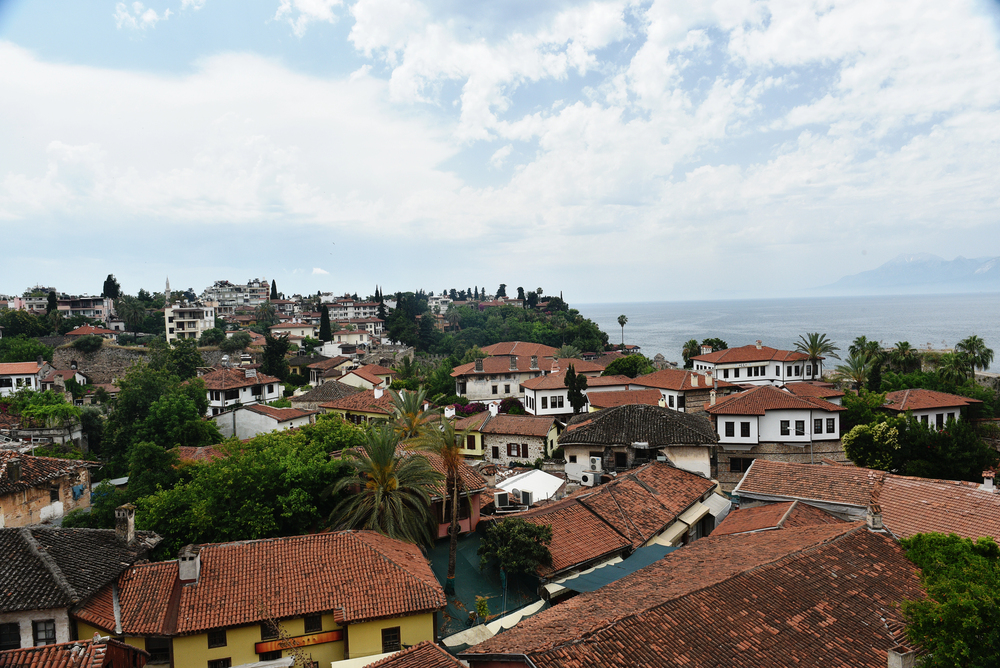
Cappadocia’s volcanic landscape features some of Earth’s most unusual stone formations, where erosion has shaped tuff deposits into the famous “fairy chimneys” that humans have hollowed into dwellings and churches. The region’s distinctive cave churches preserve Byzantine frescoes painted directly onto stone surfaces, demonstrating how even rough volcanic rock can become a canvas for sacred art.
Underground cities carved eight levels deep into the stone provided refuge during periods of persecution, their narrow passages and low ceilings forcing modern visitors to engage with the space as ancient inhabitants did physically. The valley’s stone has a peculiar quality of being soft enough to carve yet hard enough to endure for centuries, a geological gift that made this extraordinary landscape humanly habitable.
Angkor, Cambodia

Cambodia’s ancient Khmer capital showcases stone’s versatility through temples that transform sandstone and laterite into representations of cosmic mountains and heavenly palaces. Angkor Wat’s massive blocks fit together with surprising precision, while Ta Prohm demonstrates stone’s relationship with the living world as massive tree roots embrace and reclaim the ancient structures.
The site’s extensive bas-reliefs turn stone walls into narrative surfaces, with thousands of figures telling stories from Hindu mythology and historical battles across acres of carved sandstone. Recent restoration efforts allow visitors to touch original stone surfaces alongside replacement blocks, providing tangible connections to both ancient craftsmanship and contemporary conservation techniques.
Easter Island, Chile

This remote Pacific island features nearly 900 monolithic stone statues (moai) that represent one of humanity’s most distinctive achievements in stoneworking. The island’s volcanic tuff provided ancient Rapa Nui sculptors with material soft enough to carve using stone tools yet durable enough to withstand centuries of exposure to ocean winds.
Rano Raraku quarry allows visitors to see moai in various stages of completion, from figures barely emerging from the bedrock to completed statues awaiting transport across the island. The stone’s distinctive texture and numerous surface inclusions give each statue individual character despite their similar forms, demonstrating how natural material variations influence even highly standardized carving traditions.
Like Travel Pug’s content? Follow us on MSN.
Ellora Caves, India

This archaeological site features 34 monasteries and temples extending nearly a mile, all excavated side by side from the basalt cliff face of the Charanandri Hills. Unlike built structures, these monuments were created by removing stone rather than assembling it, transforming solid rock into complex architectural spaces through a subtractive process.
The Kailasa Temple represents the pinnacle of this approach – a massive structure carved from top to bottom out of a single rock, with craftsmen removing an estimated 200,000 tons of stone to create its elaborate form. The site’s Buddhist, Hindu, and Jain caves demonstrate how the same stone material accommodates different religious traditions, with each faith adapting the basalt’s qualities to its unique spiritual requirements.
Santorini, Greece

This Aegean island showcases humanity’s adaptation to volcanic stone through architecture that embraces rather than fights the landscape’s geological reality. Whitewashed buildings made from local stone and volcanic ash mortar (pozzolana) seem to grow organically from the caldera’s dark cliffs, creating a dramatic contrast between natural and human-made stone environments.
Traditional cave houses carved directly into the volcanic tuff offer naturally insulated dwellings that remain cool during hot Mediterranean summers, demonstrating stone’s practical advantages beyond mere construction material. The island’s beaches feature distinctive colored stones – red, white, and black – created by volcanic processes, allowing visitors to literally hold the island’s fiery geological history in their hands.
Meteora, Greece
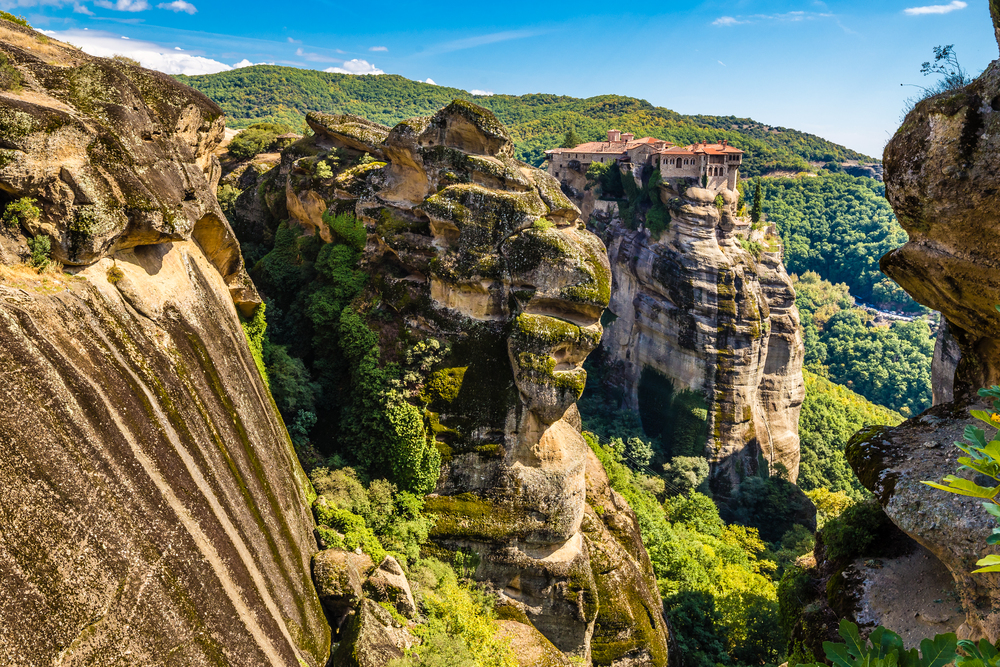
Six Eastern Orthodox monasteries perched atop massive natural stone pillars, creating one of the world’s most dramatic examples of architecture working in harmony with extraordinary geological formations. These sandstone and conglomerate towers rise hundreds of feet above the plain, formed through millions of years of weathering that left only the most resistant stone standing.
Monks originally accessed these lofty retreats using removable ladders and nets, physically embracing the stone’s isolation and protection through daily acts of faith and courage. Modern stone staircases cut into the rock faces now allow visitors to experience the challenging vertical landscape that defined monastic life here for centuries, though with considerably less physical risk.
Like Travel Pug’s content? Follow us on MSN.
Moray, Peru
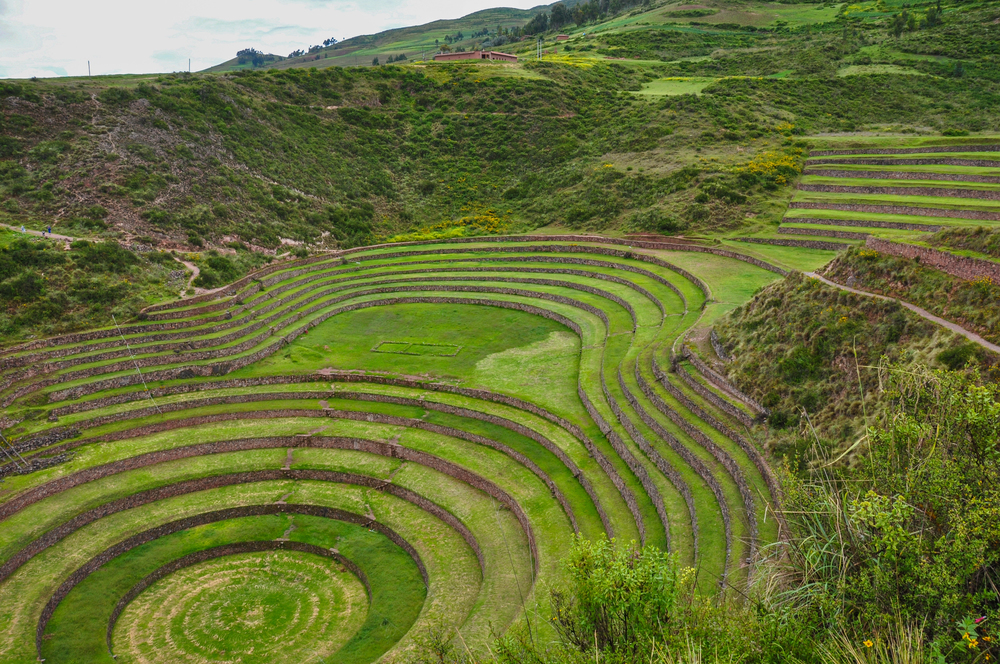
This Incan archaeological site features extraordinary circular terraces precisely carved into a natural depression, creating a stone amphitheater that likely served as an agricultural research center. The perfectly fitted stone walls retain heat during cold Andean nights and release it during the day, creating microclimate zones that differ by as much as 27°F between the top and bottom terraces.
Unlike many stone monuments designed primarily for visual impact, Moray’s genius lies in how it manipulates stone’s thermal properties to serve practical agricultural purposes. The site demonstrates the Incan understanding of stone not merely as a construction material but as an active participant in environmental engineering through its physical properties.
Bryce Canyon, United States
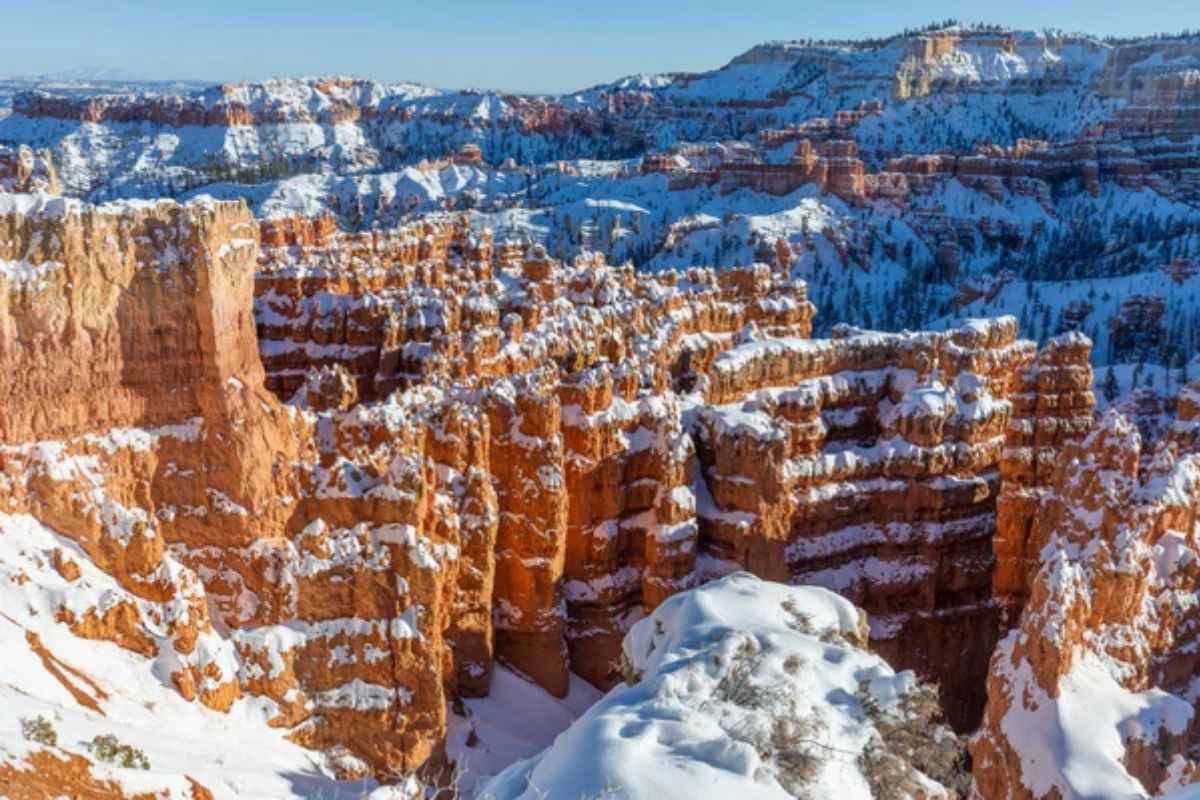
This national park in Utah features the world’s largest collection of hoodoos – irregular stone columns formed when water freezes in cracks and breaks off chunks of rock in a process called frost wedging. Unlike human-made stone environments, Bryce Canyon showcases nature’s sculptural processes, with erosion creating a vast natural amphitheater filled with stone formations resembling whimsical figures and ancient ruins.
Hiking trails allow visitors to walk among these towers, experiencing the scale of geological processes that continue to shape the landscape today. The orange, red, and white colors in the limestone create a natural palette that changes dramatically with lighting conditions, demonstrating the stone’s visual responsiveness to external conditions despite its apparent permanence.
Lalibela, Ethiopia
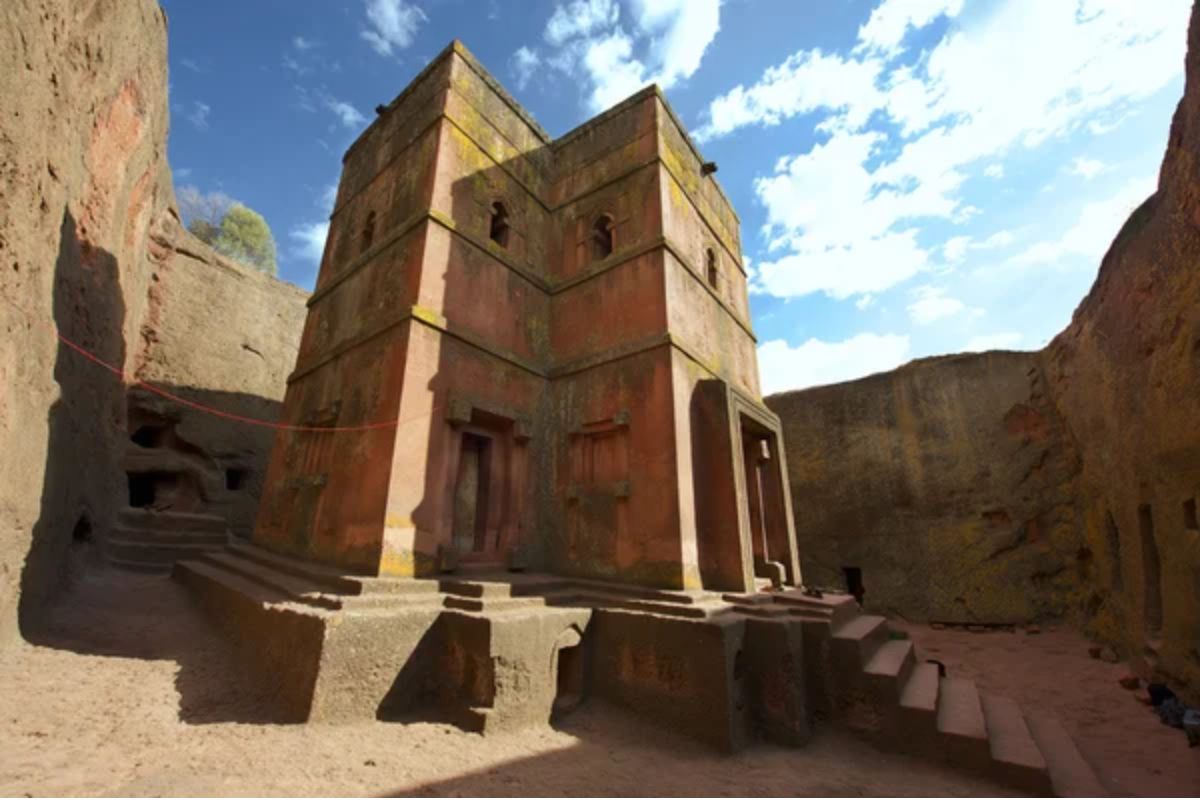
This complex of 11 medieval churches wasn’t built with stone, but rather carved directly out of solid volcanic tuff, creating structures that remain both part of the Earth and distinct from it. Unlike conventional buildings that sit upon the landscape, these monolithic churches exist within them – subterranean spaces created by removing the surrounding material to reveal the sacred architecture hidden within the stone.
Narrow trenches and passageways connecting the churches force visitors to experience the site through physical engagement with the stone environment, moving through rather than merely observing these extraordinary spaces. The churches remain active places of worship, allowing visitors to witness how these ancient stone spaces continue to serve their original spiritual function in contemporary religious practice.
Like Travel Pug’s content? Follow us on MSN.
Arches National Park, United States
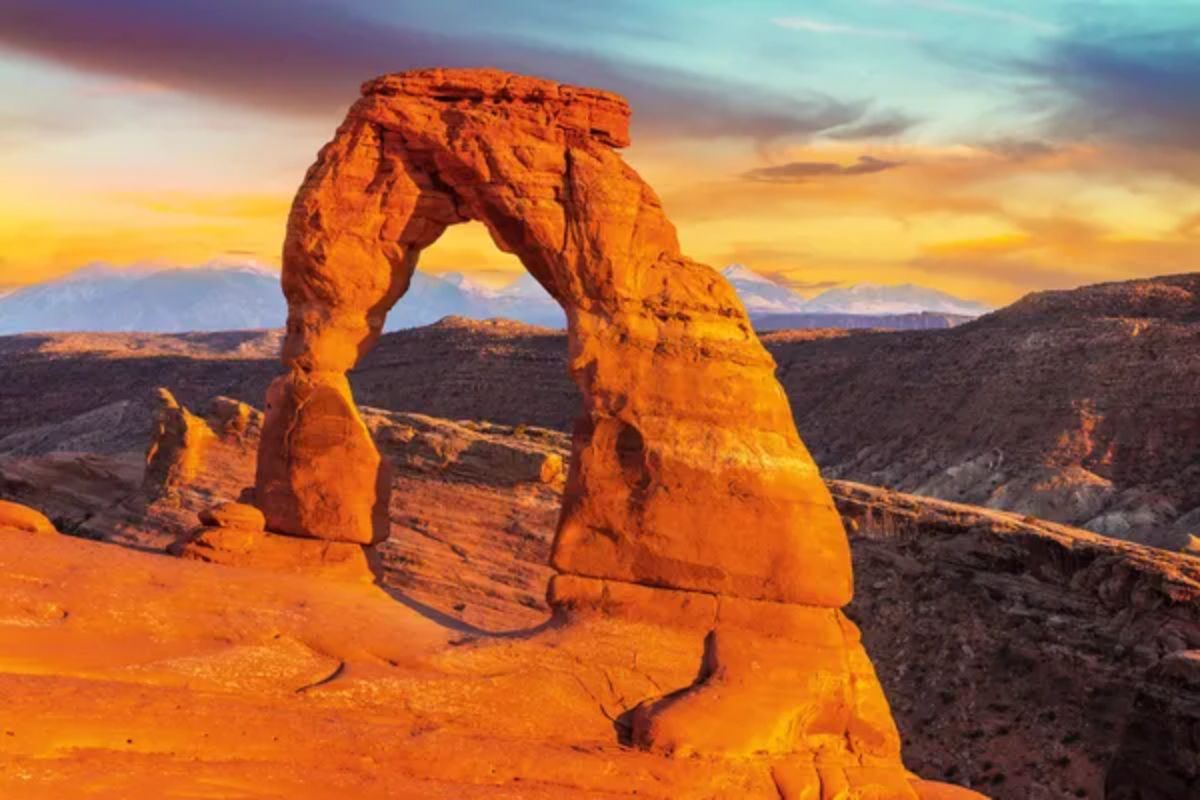
Over 2,000 natural stone arches demonstrate the paradox of stone’s simultaneous strength and vulnerability to erosion in this geological wonderland. Unlike human-made stone monuments designed for permanence, these sandstone formations visibly document impermanence, with an estimated 43 arches having collapsed since 1977, including the famous Wall Arch in 2008.
The park’s distinctive red Entrada Sandstone gets its color from iron oxide minerals, creating the iconic southwestern landscape that has defined American cultural images of the desert. Touching these formations provides direct contact with 65 million years of geological time, compressed into rock that feels solid but is actively changing through the same processes that created it.
Bagan, Myanmar

This ancient capital contains over 2,200 Buddhist temples and pagodas constructed primarily of red sandstone and brick across a 16-square-mile plain along the Irrawaddy River. Unlike single monumental structures, Bagan presents a vast stone landscape where thousands of individual buildings create a unified sacred environment that transforms natural materials into expressions of cosmic order.
Many structures feature stone carvings worn smooth by centuries of devotional touching, creating tactile evidence of faith’s physical impact on even the most durable materials. The plain’s distinctive microclimate – hot, dry, and dusty – preserves these stone monuments while simultaneously continuing to weather them, demonstrating how environmental conditions both threaten and protect stone architecture.
Sigiriya, Sri Lanka
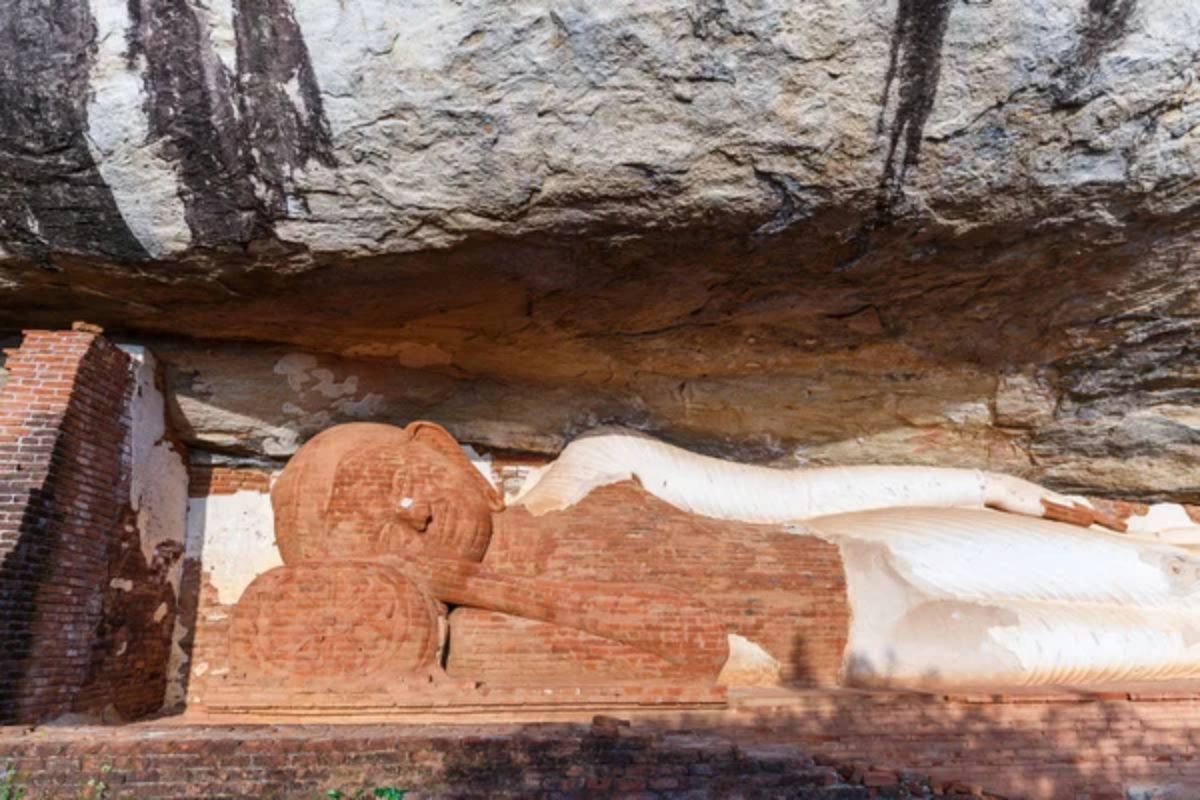
This ancient rock fortress rises dramatically from the central plains, combining natural stone formations with human-made structures to create a unified defensive and palatial complex. The site’s most distinctive feature – a massive column of hardened magma from an extinct volcano – provided both natural protection and the foundation for an extraordinary palace complex that integrated built elements with the existing stone formation.
Frescoes painted directly onto sheltered rock faces have survived for over 1,500 years, demonstrating how stone can preserve human artistic expression across millennia when environmental conditions remain favorable. The site’s famous mirror wall – a surface polished so thoroughly that it once reflected images like glass – demonstrates the remarkable finish ancient craftsmen could achieve even with naturally occurring stone.
Like Travel Pug’s content? Follow us on MSN.
The Stone City of Gjirokastra, Albania
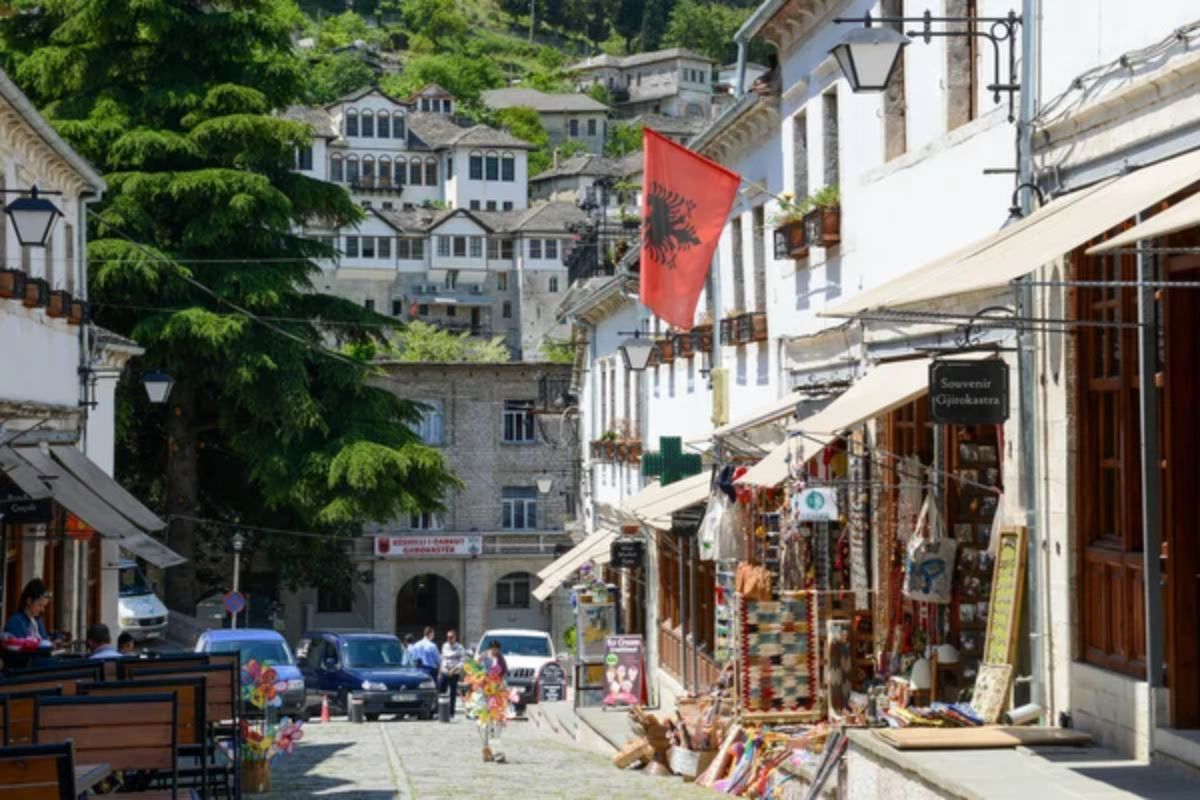
This remarkably preserved Ottoman town features distinctive stone houses that seem to grow organically from the steep hillside, with massive stone roofs and fortress-like defensive elements. Unlike more famous stone sites, Gjirokastra showcases domestic rather than monumental stone architecture, with buildings designed primarily for ordinary living rather than religious or political purposes.
The local limestone creates a silvery-grey cityscape that changes character with weather conditions, appearing almost metallic when wet and softly luminous in certain lighting conditions. Cobblestone streets worn by centuries of use force visitors to physically engage with the stone environment, their irregular surfaces requiring mindful walking that connects modern visitors to the physical experience of previous generations.
Beyond Surface Appearances
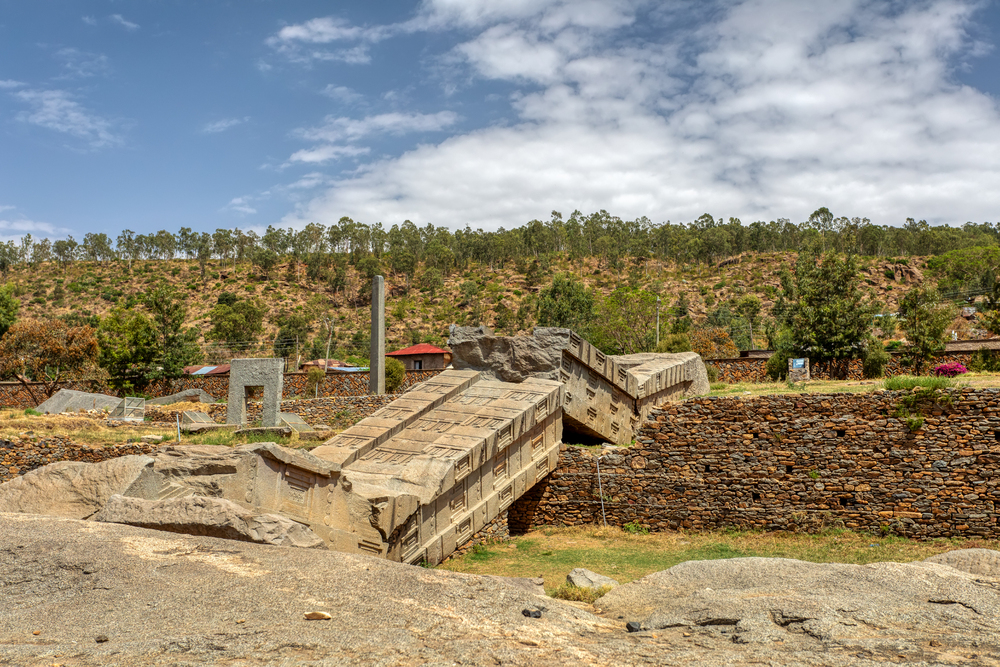
These destinations reveal stone not merely as building material but as a medium for cultural expression, spiritual connection, and environmental adaptation. Each site offers its tactile education in geology and human history, inviting visitors to experience the world through direct contact with its most fundamental substance.
Perhaps in our increasingly digital age, these stone landscapes offer something increasingly precious – an authentic physical connection to both natural processes and human achievement that cannot be replicated through screens or virtual experiences. They remind us that truly understanding our world sometimes requires running our hands across surfaces shaped by forces both geological and human, connecting to Earth’s story through direct, unmediated touch.
More from Travel Pug

- Cities Growing so Fast You Won’t Recognize Them in 10 Years
- 13 Destinations Where Tourists Regularly Regret Their Trip
- 20 Obscure WWII Sites Even History Buffs Don’t Know About
- 10 Under-the-Radar Mountain Towns That Are Both Affordable and Beautiful
- 20 Abandoned Places That Feel Like Real-Life Post-Apocalyptic Movie Sets
Like Travel Pug’s content? Follow us on MSN.
